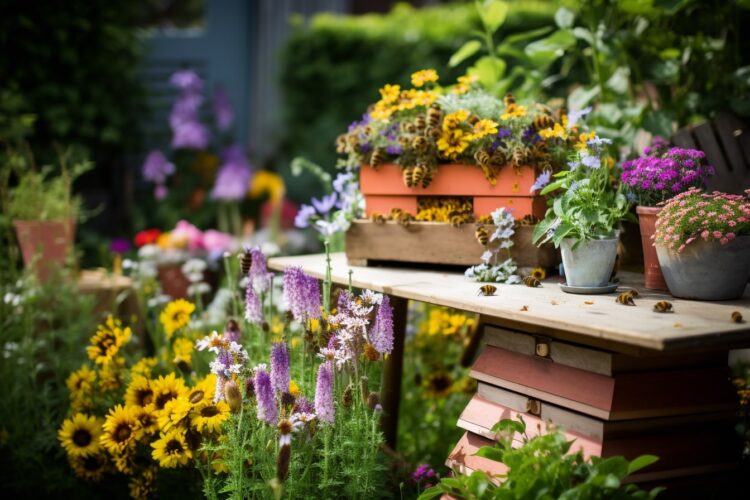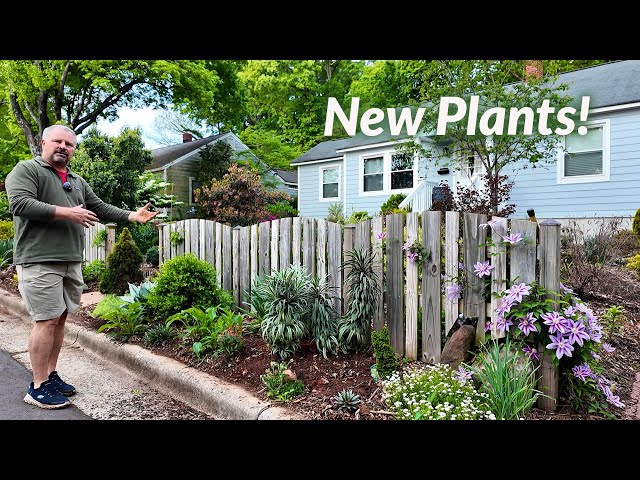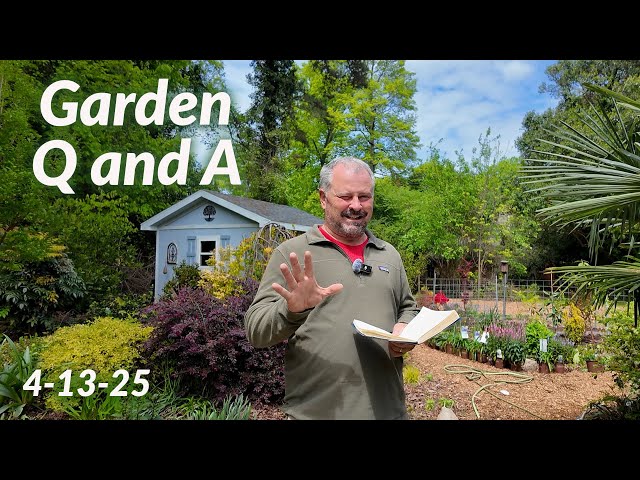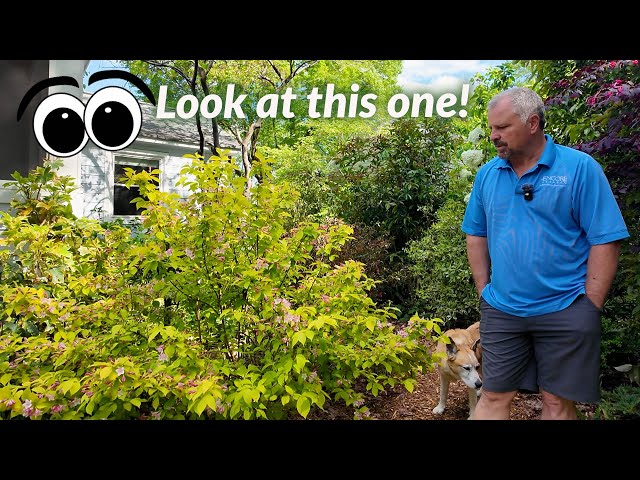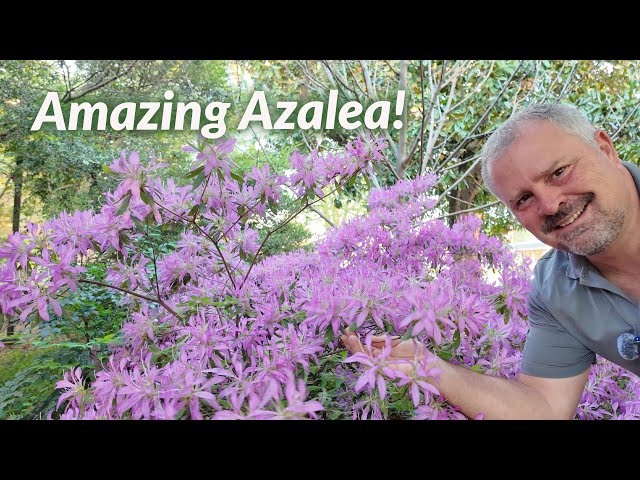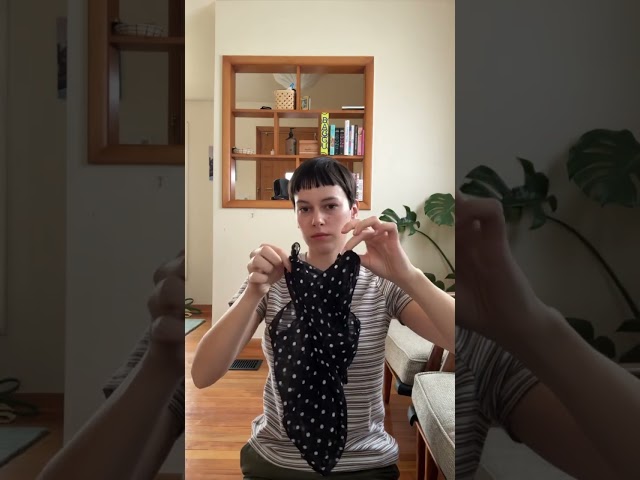In a world where the well-being of pollinators is crucial to our ecosystem, creating bee-friendly gardens becomes an act of environmental stewardship. Bees play a pivotal role in pollinating plants, ensuring the growth of fruits, vegetables, and flowers that make up a significant portion of our diets and landscapes. By crafting a garden that caters to their needs, you not only provide a haven for these essential insects but also contribute to the health of the planet. Join us on a journey into the world of bee-friendly gardening and discover how you can make a positive impact right in your backyard.
Understanding the Importance of Bees:
Bees, among other pollinators, are responsible for pollinating about one-third of the world’s food crops. This process is essential for the reproduction of flowering plants and the production of fruits and seeds. Unfortunately, bee populations are facing challenges due to habitat loss, pesticide use, and climate change. Creating bee-friendly gardens offers a sanctuary for these vital creatures, helping to ensure their survival and the health of our ecosystem.
Elements of a Bee-Friendly Garden:
1. Plant Diversity: Opt for a variety of plants that bloom at different times of the year. This ensures a continuous food source for bees throughout the seasons.
2. Native Plants: Incorporate native plants into your garden, as they’re best adapted to the local environment and are likely to attract native bee species.
3. Color Palette: Bees are attracted to bright colors, especially shades of blue, purple, and yellow. Plant flowers in these hues to catch their attention.
4. Single-Petal Flowers: Choose flowers with single petals, as they offer easier access to nectar and pollen.
5. Fragrance and Nectar: Select plants with fragrant blossoms and ample nectar, as these qualities attract bees and other pollinators.
6. Water Source: Provide a shallow water source like a birdbath with rocks for bees to safely drink from.
7. Shelter: Create nesting sites by leaving patches of bare soil or incorporating bee houses.
8. Avoid Chemicals: Refrain from using pesticides and herbicides, as these can harm bees and other pollinators.
9. Mow Less: Allow areas of your lawn to grow wild, providing additional forage and shelter for bees.
Selecting Bee-Friendly Plants:
1. Lavender: Known for its vibrant purple flowers and soothing fragrance, lavender is a favorite among bees.
2. Sunflowers: These cheerful giants offer a bountiful source of nectar and pollen.
3. Echinacea (Coneflower): Its striking petals and nectar-rich center attract bees, butterflies, and birds.
4. Bee Balm: As its name suggests, bee balm is a bee magnet, offering nectar in abundance.
5. Salvia: With its long spikes of vibrant blooms, salvia is a favorite among both bees and hummingbirds.
6. Wildflowers: Many wildflowers, like clover, dandelions, and goldenrod, are excellent sources of nutrition for bees.
Maintenance Tips:
1. Regular Watering: Ensure your garden remains well-watered, especially during dry spells, to provide bees with hydration.
2. Deadheading: Remove spent flowers to encourage continuous blooming and nectar production.
3. Minimal Disturbance: Avoid excessive disturbances to nesting sites and bee houses.
4. Learn About Bees: Educate yourself about the bee species in your region to better cater to their specific needs.
5. Share the Message: Spread awareness about the importance of bee-friendly gardening within your community.
Conclusion: Sowing Seeds of Change
Gardening for bees is a rewarding endeavor that benefits both your garden’s vitality and the broader environment. As you create a haven for these industrious pollinators, you contribute to the health of ecosystems, the production of food, and the well-being of countless species. By embracing bee-friendly practices, you join a movement of individuals nurturing the earth’s delicate balance and sowing seeds of positive change for generations to come. Your garden becomes a vibrant tapestry where flowers bloom, bees buzz, and nature’s interconnectedness thrives – a sanctuary of life and biodiversity that reflects the beauty and resilience of our natural world.

